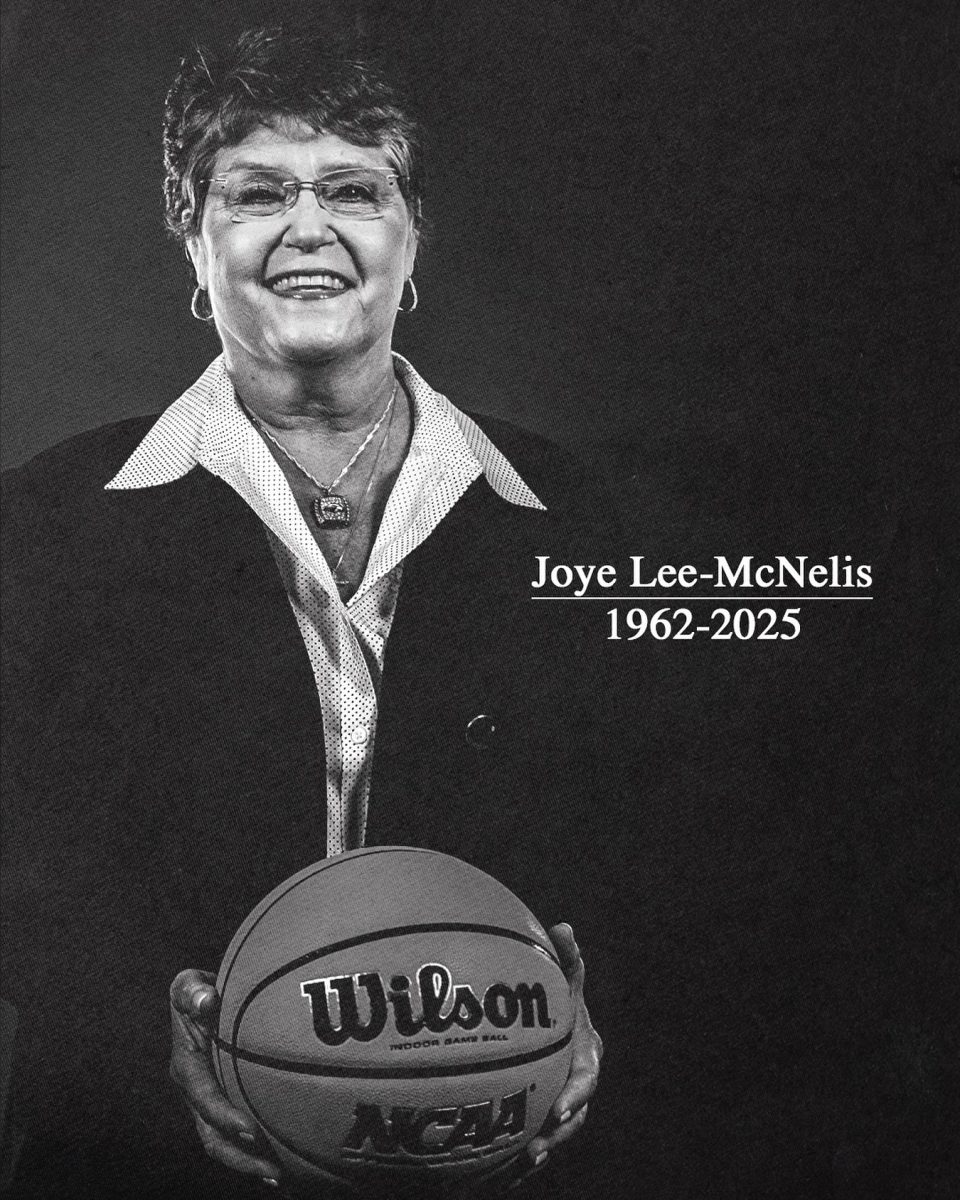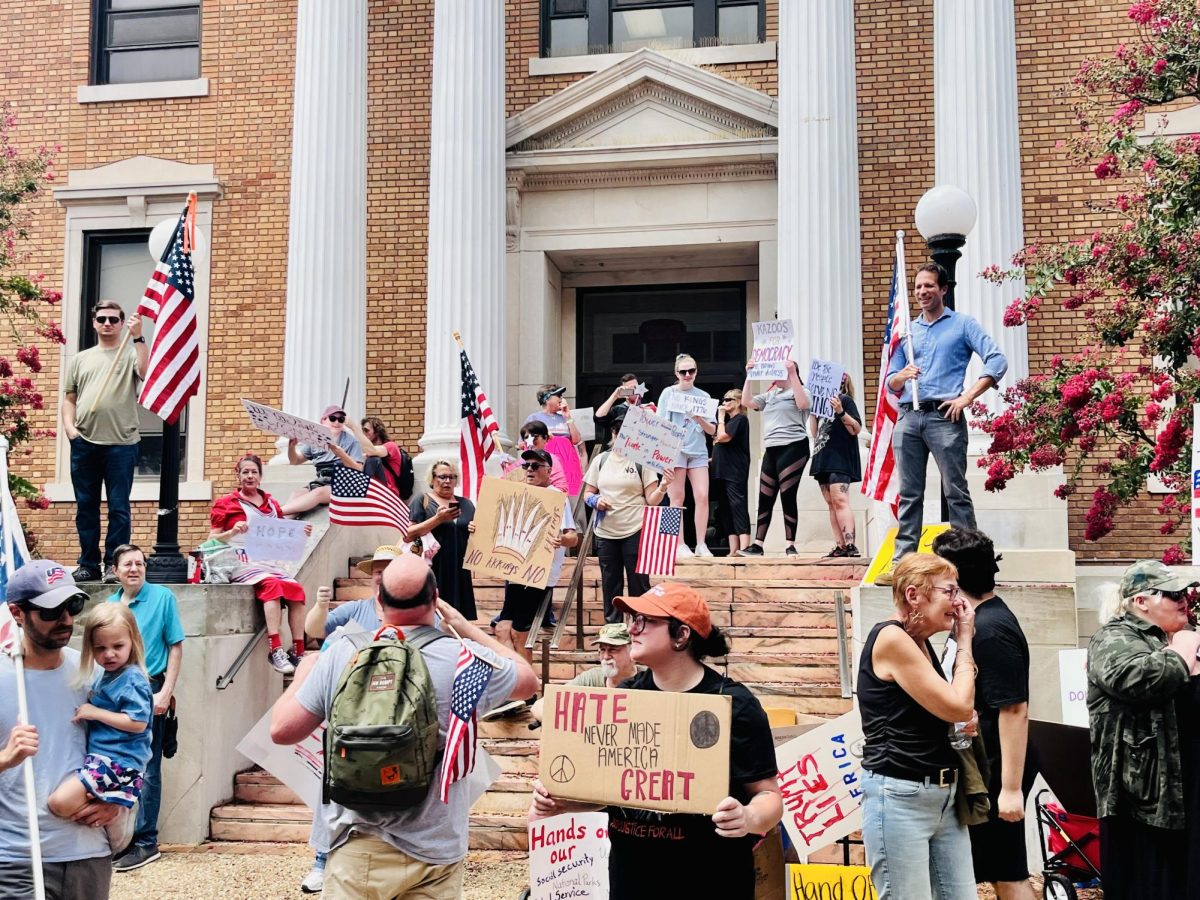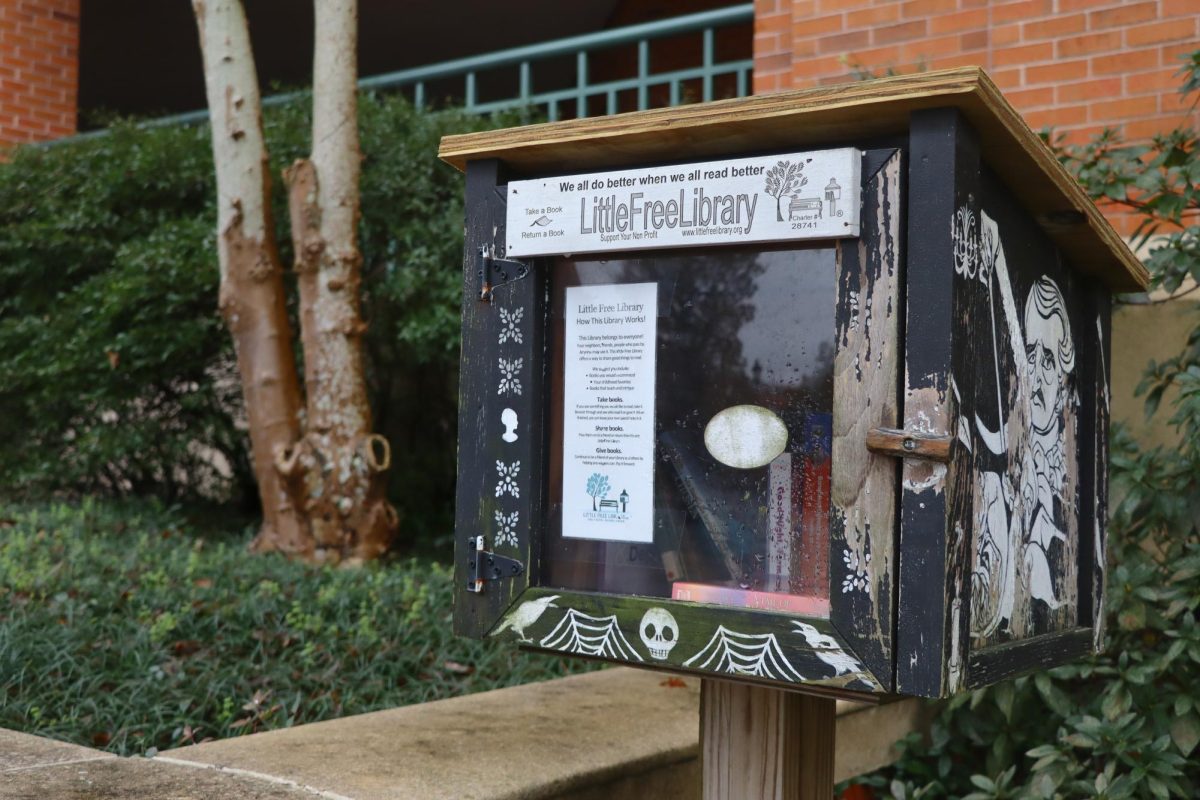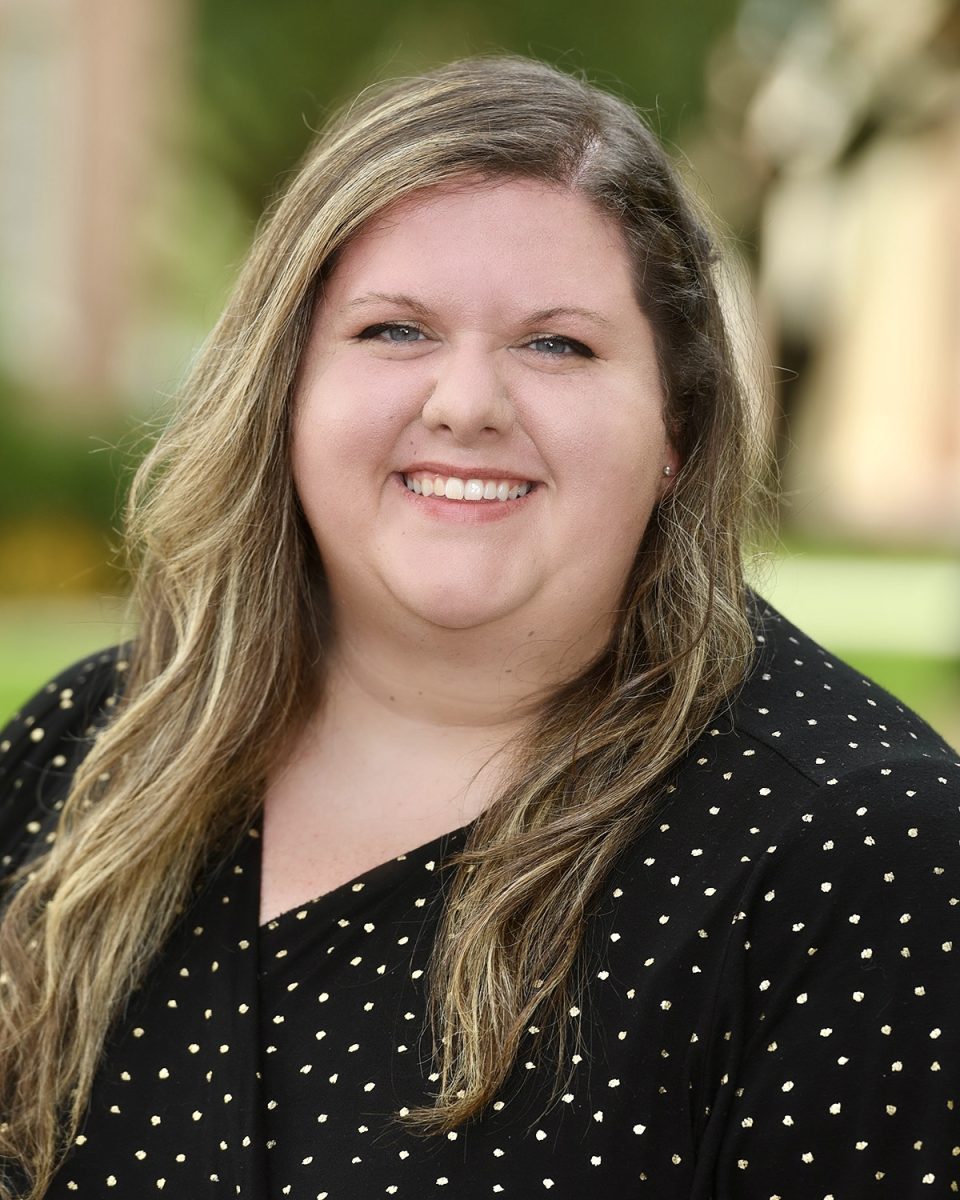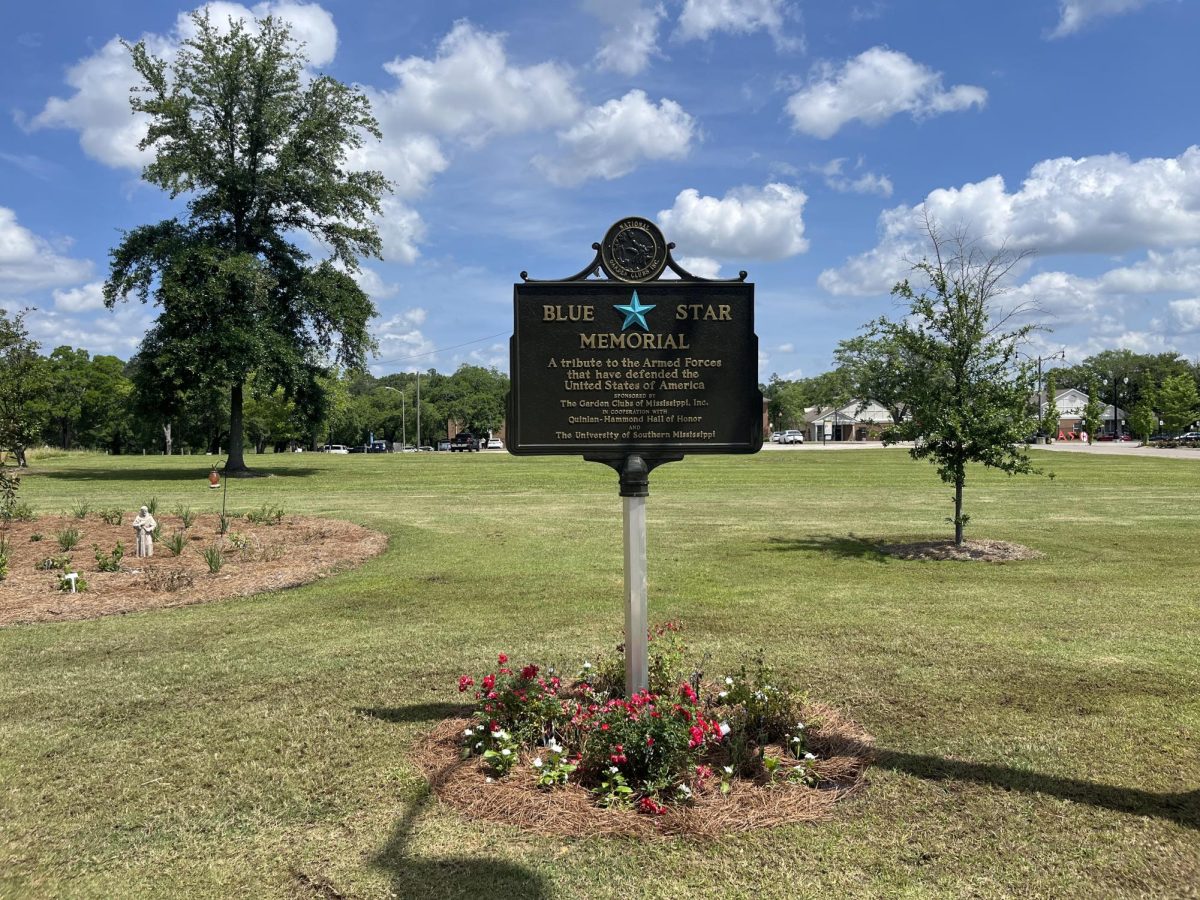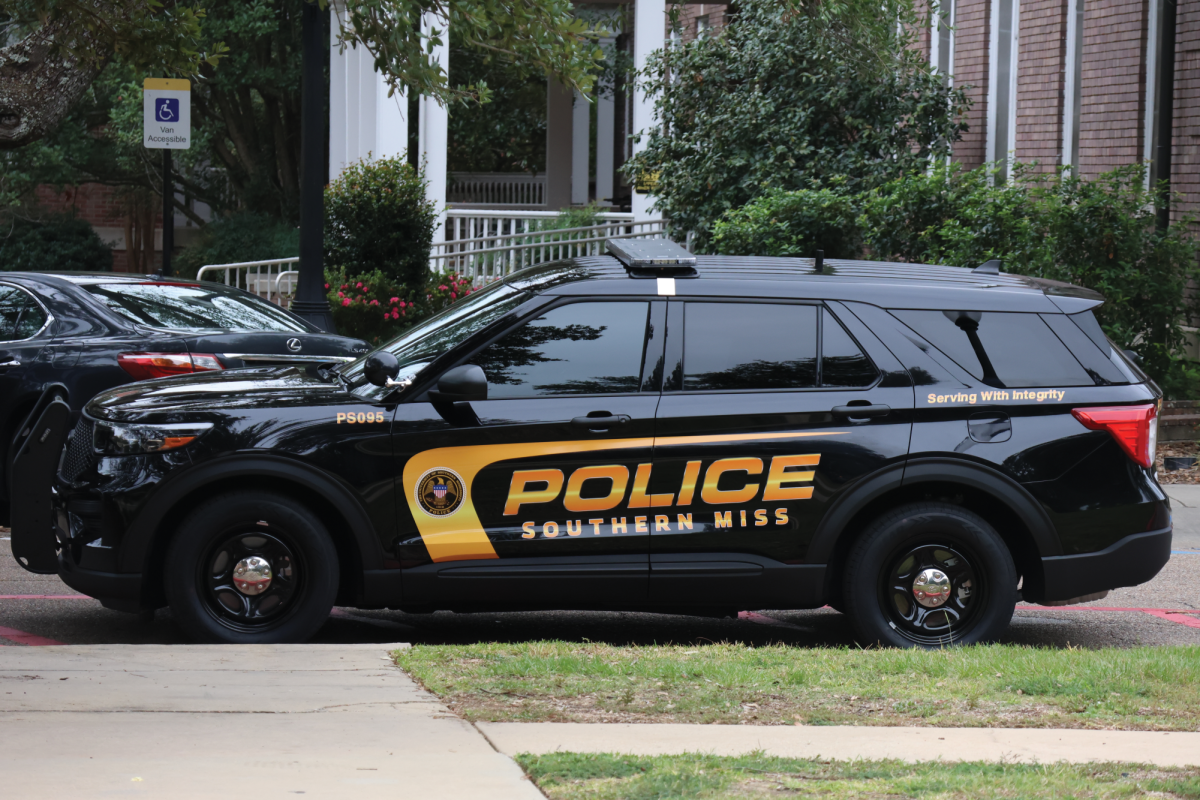The City of Hattiesburg recently won a lawsuit over new redistricting plans.
According to WDAM, Hattiesburg resident the Rev. Kenneth Fairley, Sr., and others claimed the new redistricting plan violated Section 2 of the Voting Rights Act by diluting the power of Hattiesburg’s African-American citizens.
Proponents of the lawsuit claimed the redistricting plan would mean the African-American community in Hattiesburg would have fewer opportunities than other members of the electorate to participate in the political process and elect representatives of their choice.
According to The Hattiesburg American, U.S. District Court Judge Keith Starrett upheld the recent ward lines, issuing a 46- page memorandum opinion Aug. 11, citing that a 2012 redistricting plan retained three majority white wards and two majority black wards, despite the city’s slight African-American majority.
A 2010 census revealed of the population of Hattiesburg, 53 percent are single-race, African- American while 42 percent are white and five percent are Hispanic or another ethnic minority. These census numbers are why Fairley and supporting plaintiffs believe the population is large and geographically compact enough to have majority of the wards rather than just two.
Hattiesburg City Council member for Ward 3 Carter Carroll spoke about redistricting and what it implies.
“Every 10 years the cities and states are required to redistrict after the census comes out,” Carroll said. “According to the one- man, one-vote rule, we have to have proportionate wards.”
Carroll explained that redistricting revolves around population and how the idea of redrawing voting wards is not simple.
“You need to keep neighborhoods as close together as possible. We divide wards by major thoroughfares like a major highway, street, creek or something distinguishable so you can say ‘this is my neighborhood. You don’t want to divide wards in the middle of a voting precinct. You (have to) move very gingerly in the way we do things.” – Carroll
On the charges of diluting the African-American voting population, Carroll denied those claims. “We still have to go by the regulations of the 1965 Voting Rights Act. We can’t dilute wards,” Carroll said. “We had done everything exactly like we did the last time. We had two days of testimony where we testified what we did and the judge ruled that we did everything correctly.”
Carroll explained how the ward populations’ growth was completely natural; it was a case of individuals choosing to live where they wanted to live. The Voting Rights Act of 1965 says as the redrawing takes place, the city council was to disrupt as little as possible.
“The evidence demonstrates that African Americans in Hattiesburg enjoy political power in rough proportion to their share of the voting-age population and that they actively exercise such power through the political process,” Starrett wrote in his memorandum.

